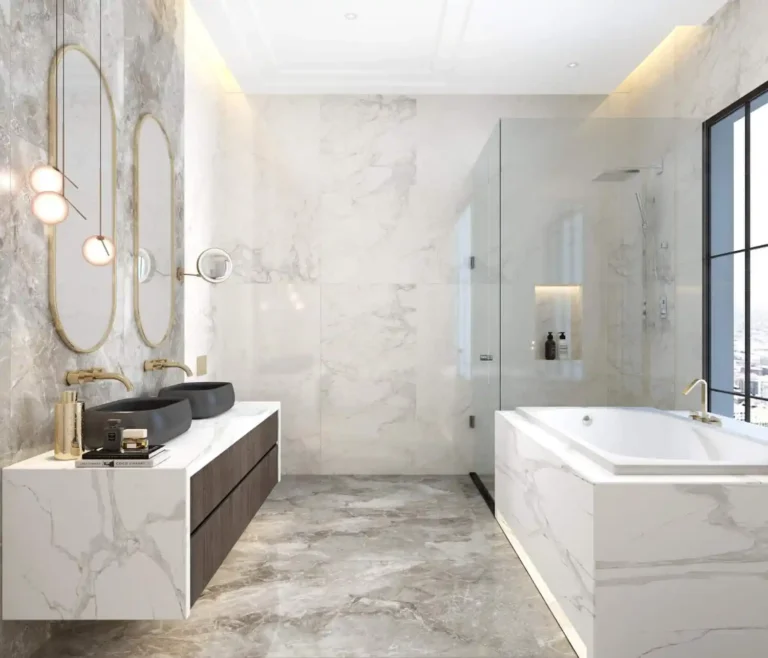Exterior wall mount handrails are essential for enhancing safety and accessibility in outdoor areas like staircases, ramps, or walkways. Combining functionality with aesthetic appeal, they provide support while complementing a property’s design.Explores the benefits, material options, and installation considerations for exterior wall mount handrails.
Why Install an Exterior Wall Mount Handrail?
Wall-mount handrails are critical for ensuring safety on exterior stairs or ramps, especially in homes or businesses prioritizing accessibility. They offer stability for elderly users, children, or those with mobility challenges. In cities like San Francisco or Boston, where steep outdoor staircases are common, these handrails are a practical necessity. Key benefits include:
- Enhanced Safety: Prevents slips and falls on outdoor stairs or ramps.
- Accessibility: Supports compliance with ADA (Americans with Disabilities Act) standards.
- Aesthetic Versatility: Available in designs that blend with modern or traditional architecture.
- Space-Saving: Mounts directly to walls, ideal for narrow walkways or staircases.
Material Options for Wall Mount Handrails
Choosing the right material ensures durability against outdoor elements like rain, snow, or UV exposure. Popular options include:
- Stainless Steel: Corrosion-resistant and sleek, perfect for coastal areas like Miami or urban settings like Chicago.
- Aluminum: Lightweight, powder-coated for weather resistance, and budget-friendly.
- Wrought Iron: Offers a classic, ornate look but requires regular maintenance to prevent rust.
- Wood: Provides a warm, natural aesthetic but needs sealing for weatherproofing, suitable for milder climates.
Local suppliers in regions like Seattle or Houston can recommend materials suited to your climate and design preferences.
Cost and Installation Considerations
The cost of exterior wall-mount handrails varies based on material, length, and installation complexity. Prices typically range from $30 to $100 per linear foot, with custom designs costing more. Key installation factors include:
- Building Codes: Must meet local regulations, such as a handrail height of 34-38 inches and a graspable diameter of 1.25-2 inches. Verify with local authorities.
- Mounting Surface: Requires a sturdy wall (e.g., concrete, brick, or reinforced wood) for secure installation.
- Weather Resistance: Choose materials with corrosion-resistant coatings for longevity.
- Professional Installation: Recommended for ensuring structural integrity and code compliance.
Prefab kits from brands like Promenaid or EZ Handrail are cost-effective for DIY projects, while custom installations suit unique designs.
Benefits and Drawbacks
Wall-mount handrails offer significant advantages but have some limitations:
Pros
- Improves safety and accessibility for all users.
- Compact design saves space in tight outdoor areas.
- Durable materials withstand harsh weather conditions.
Cons
- Installation requires a suitable wall surface, limiting placement options.
- Custom designs can be expensive.
- May require periodic maintenance depending on material (e.g., wood refinishing).
Conclusion: Are Wall Mount Handrails Right for You?
Exterior wall mount handrails are a practical, stylish solution for enhancing safety and accessibility in outdoor spaces. Whether for a residential staircase in Denver or a commercial ramp in Los Angeles, they offer durability and design flexibility. By selecting weather-resistant materials and ensuring compliance with local codes, you can improve your property’s functionality and appeal. Contact local suppliers or visit websites like Handrail.com for quotes and region-specific options.


